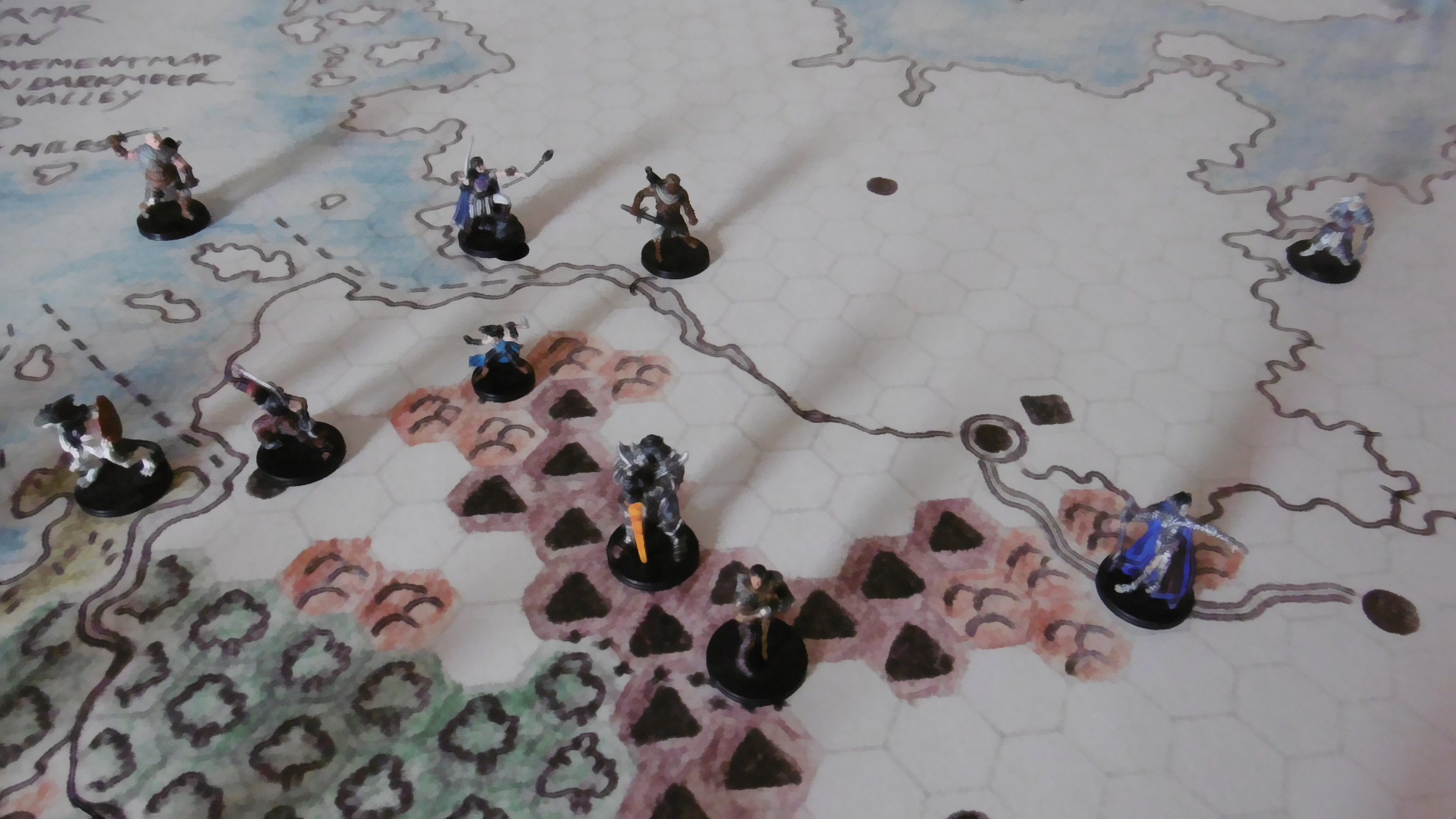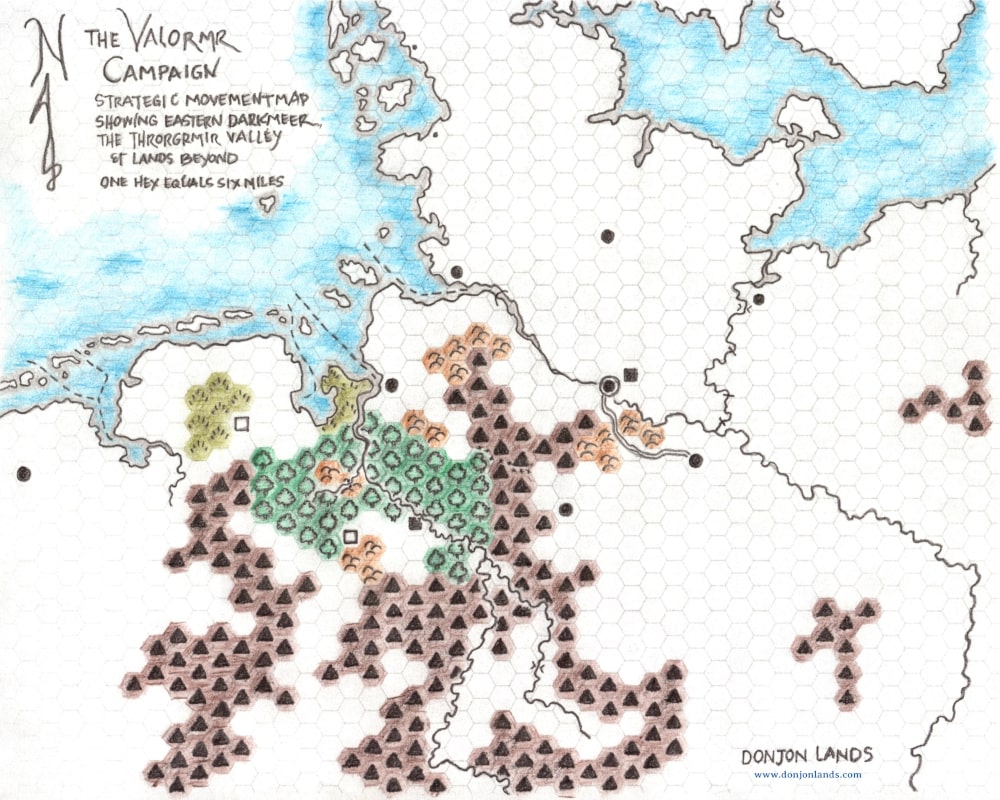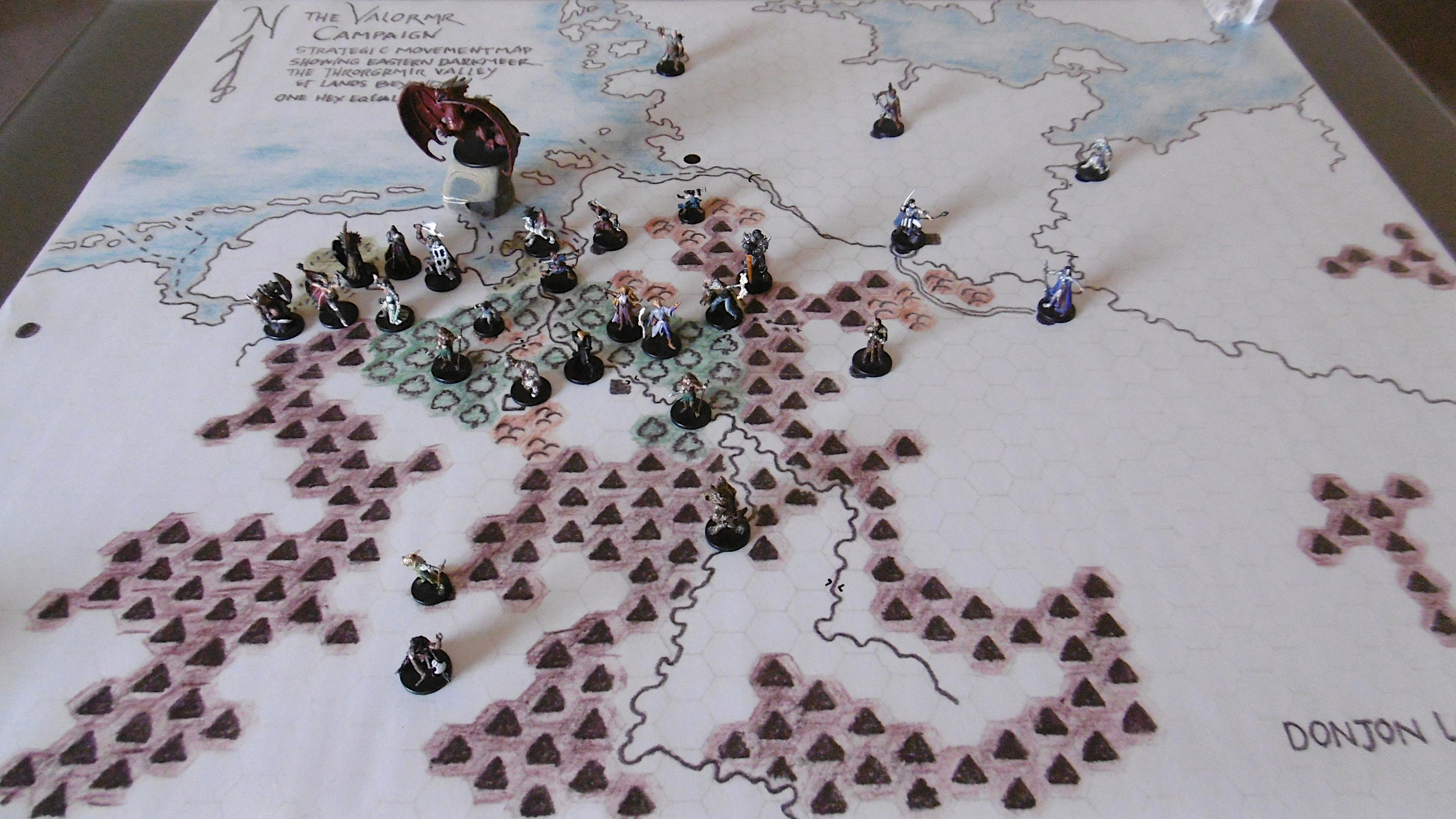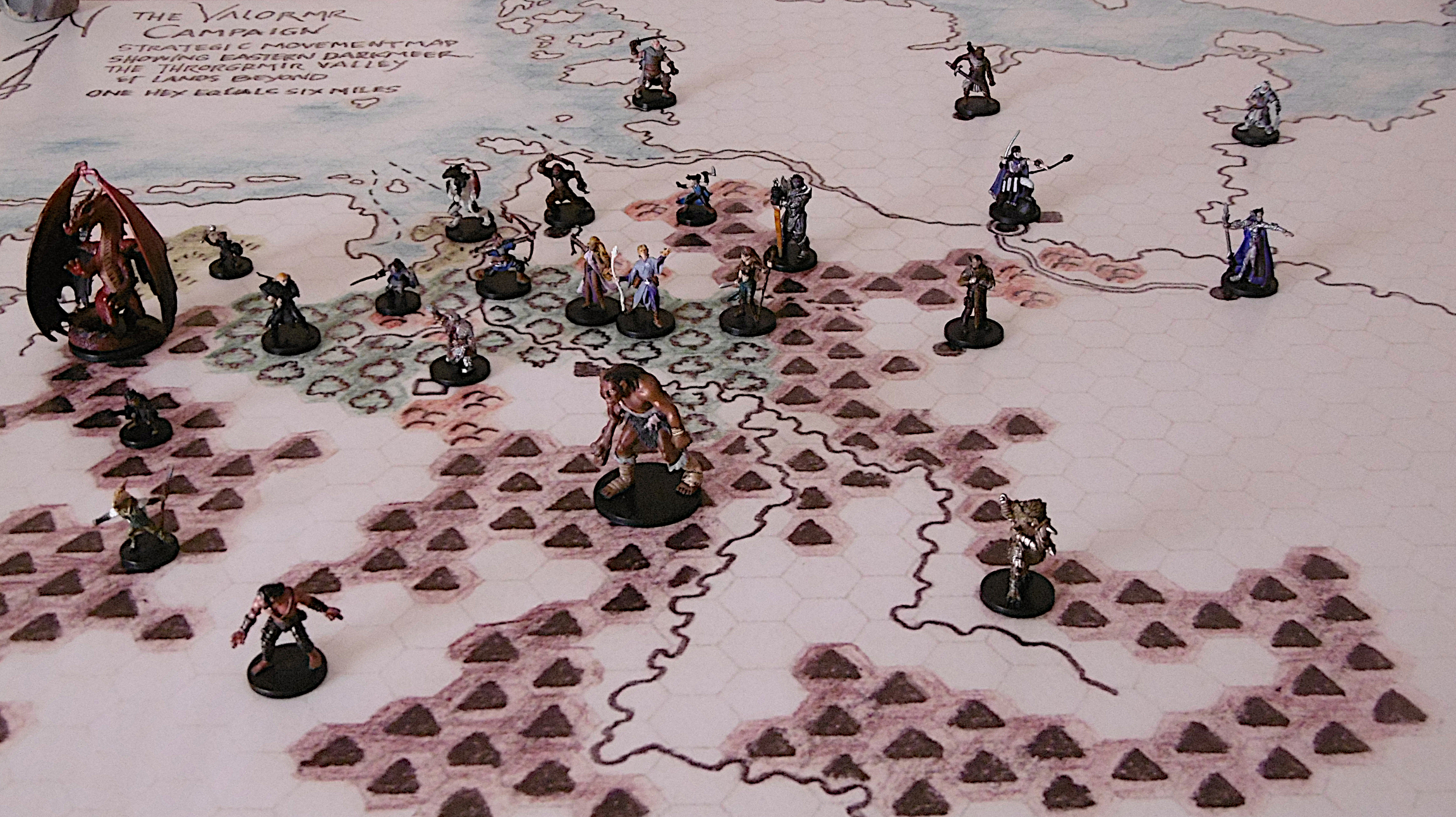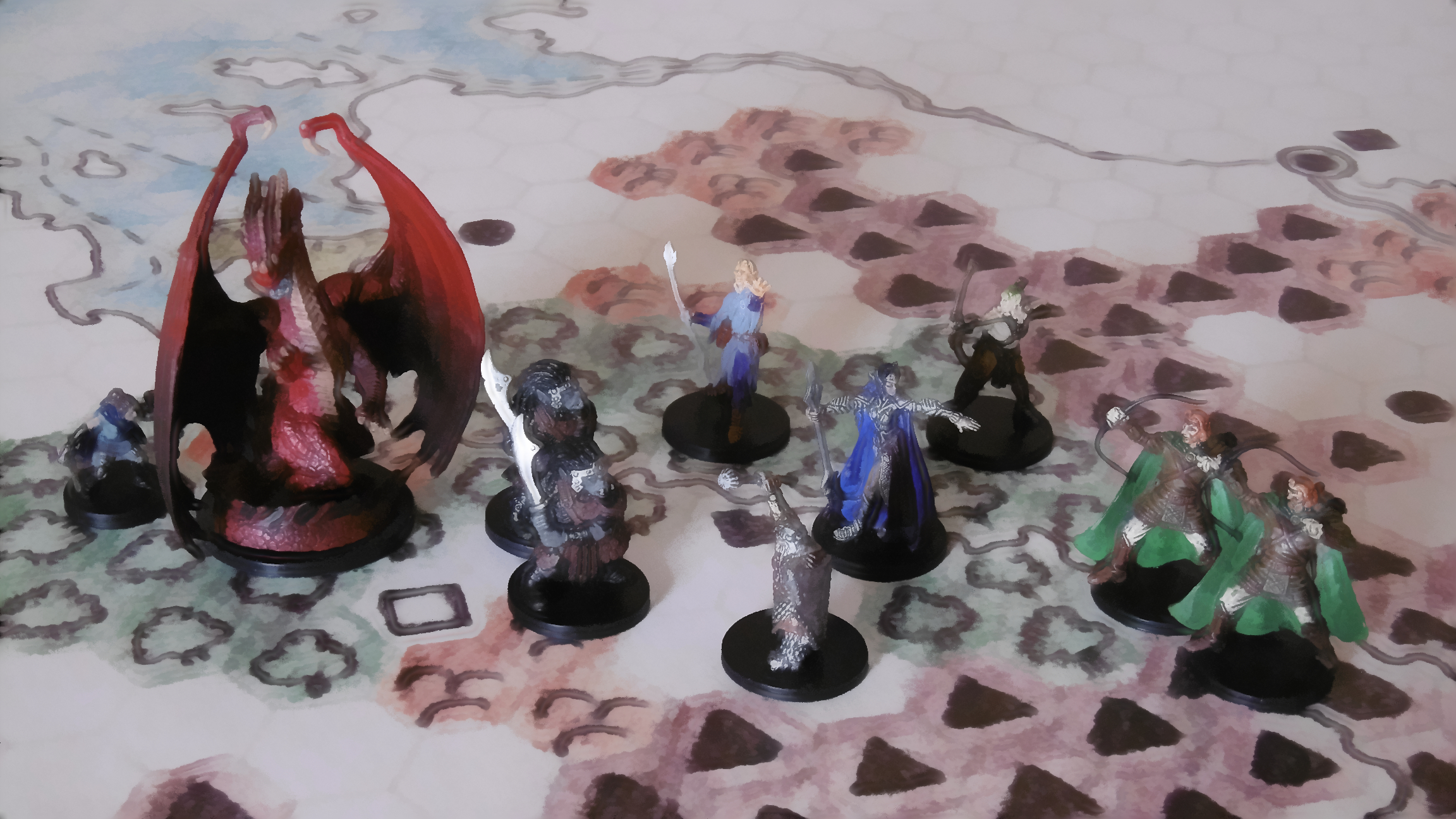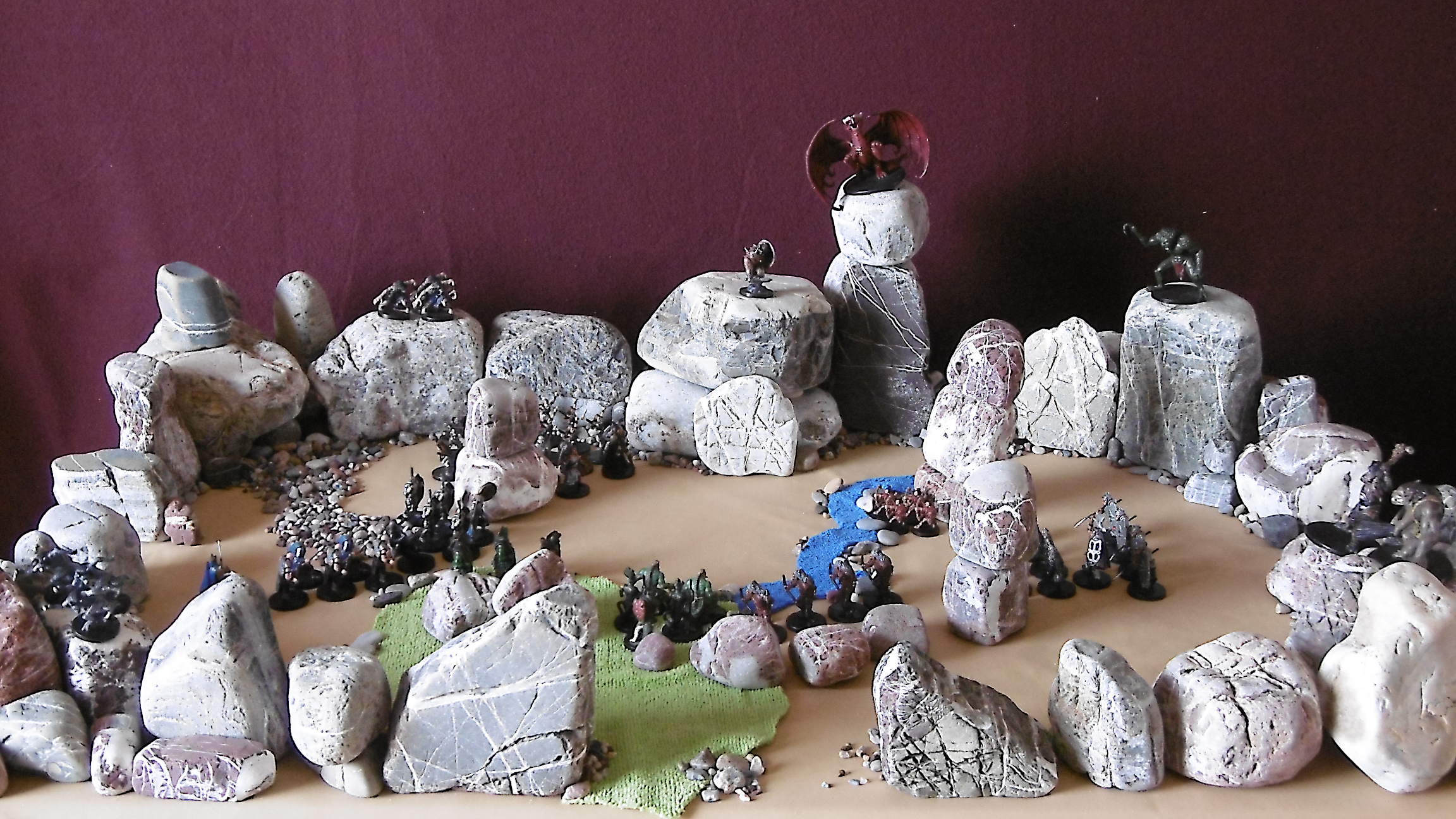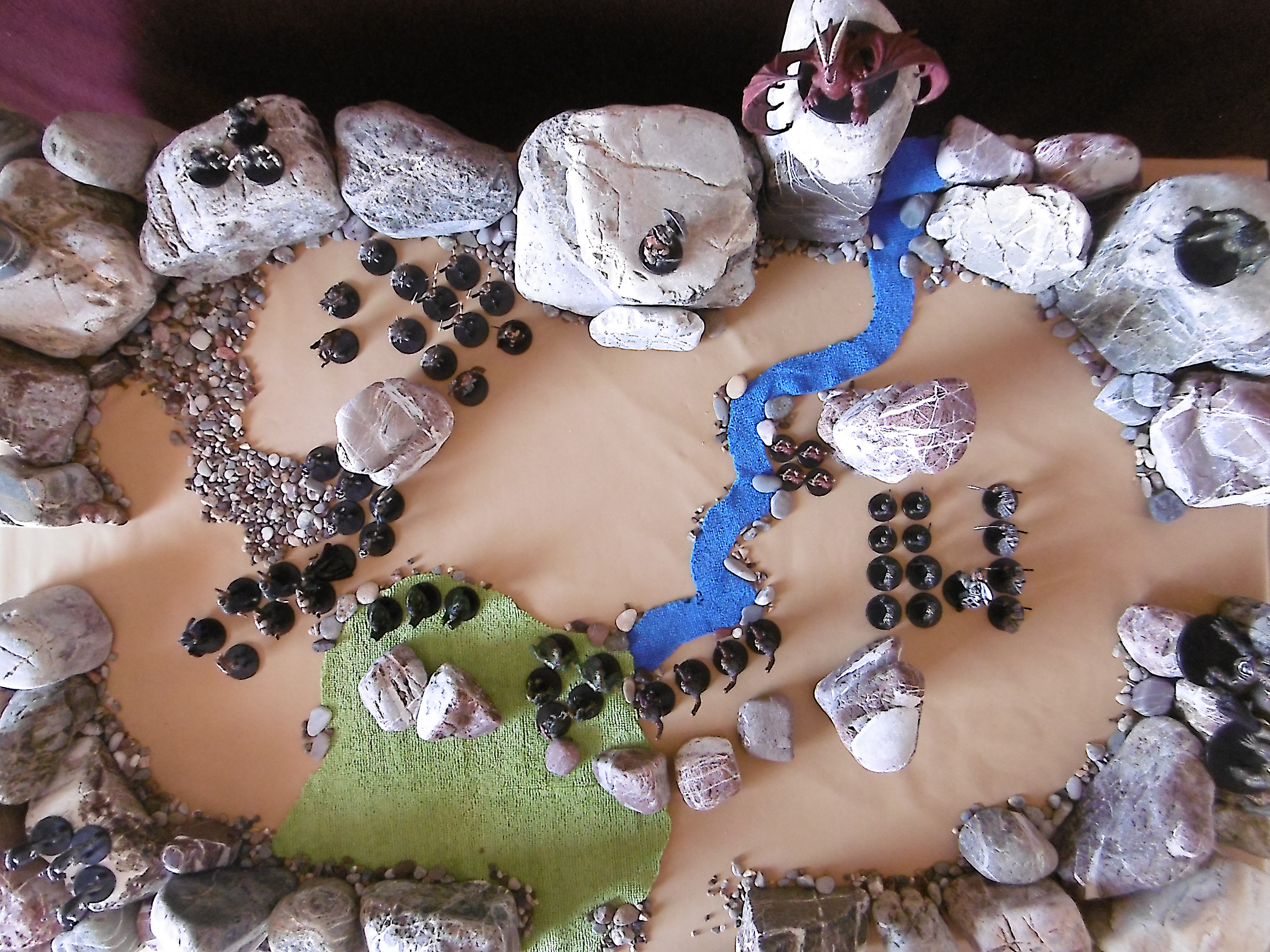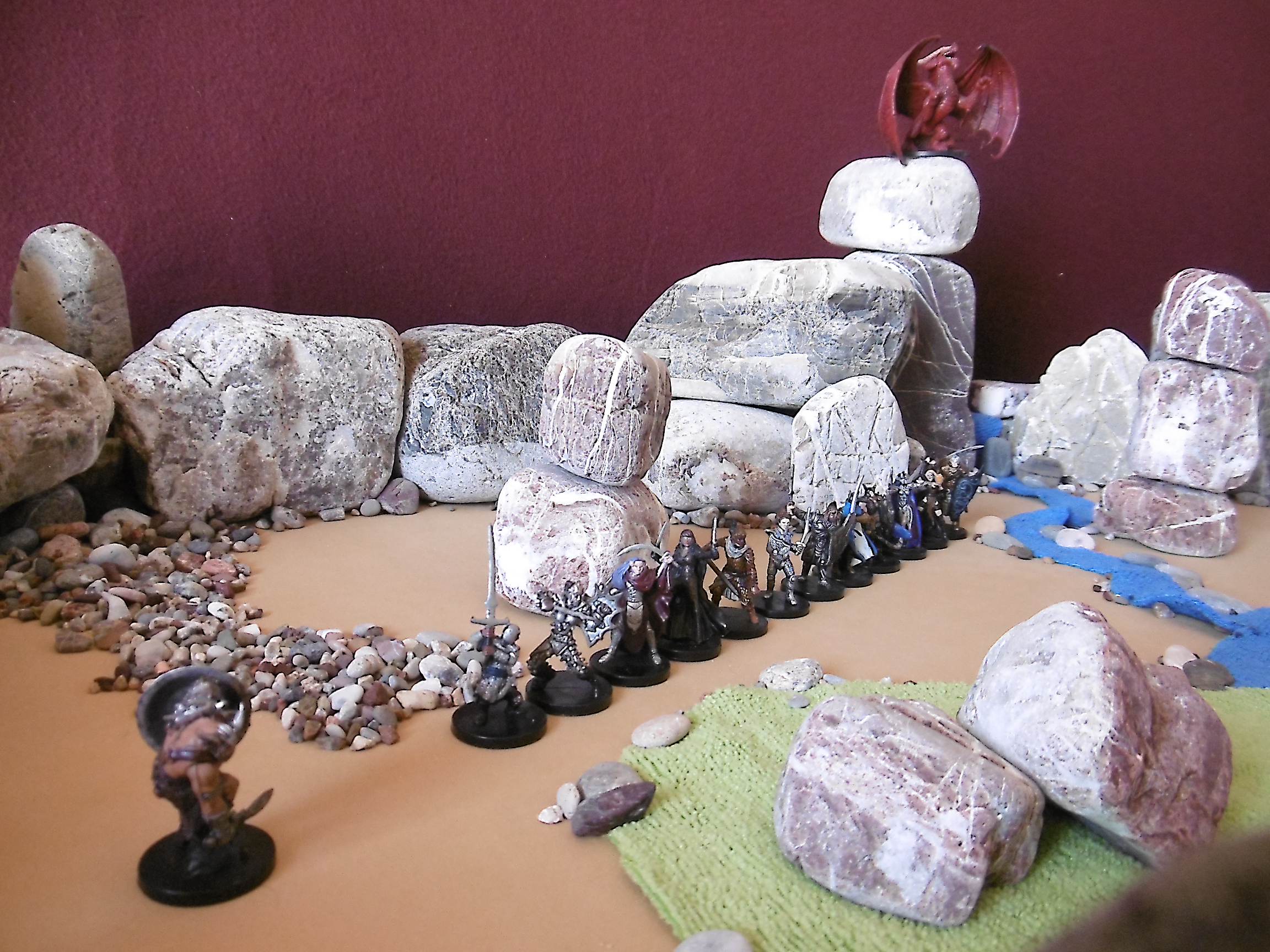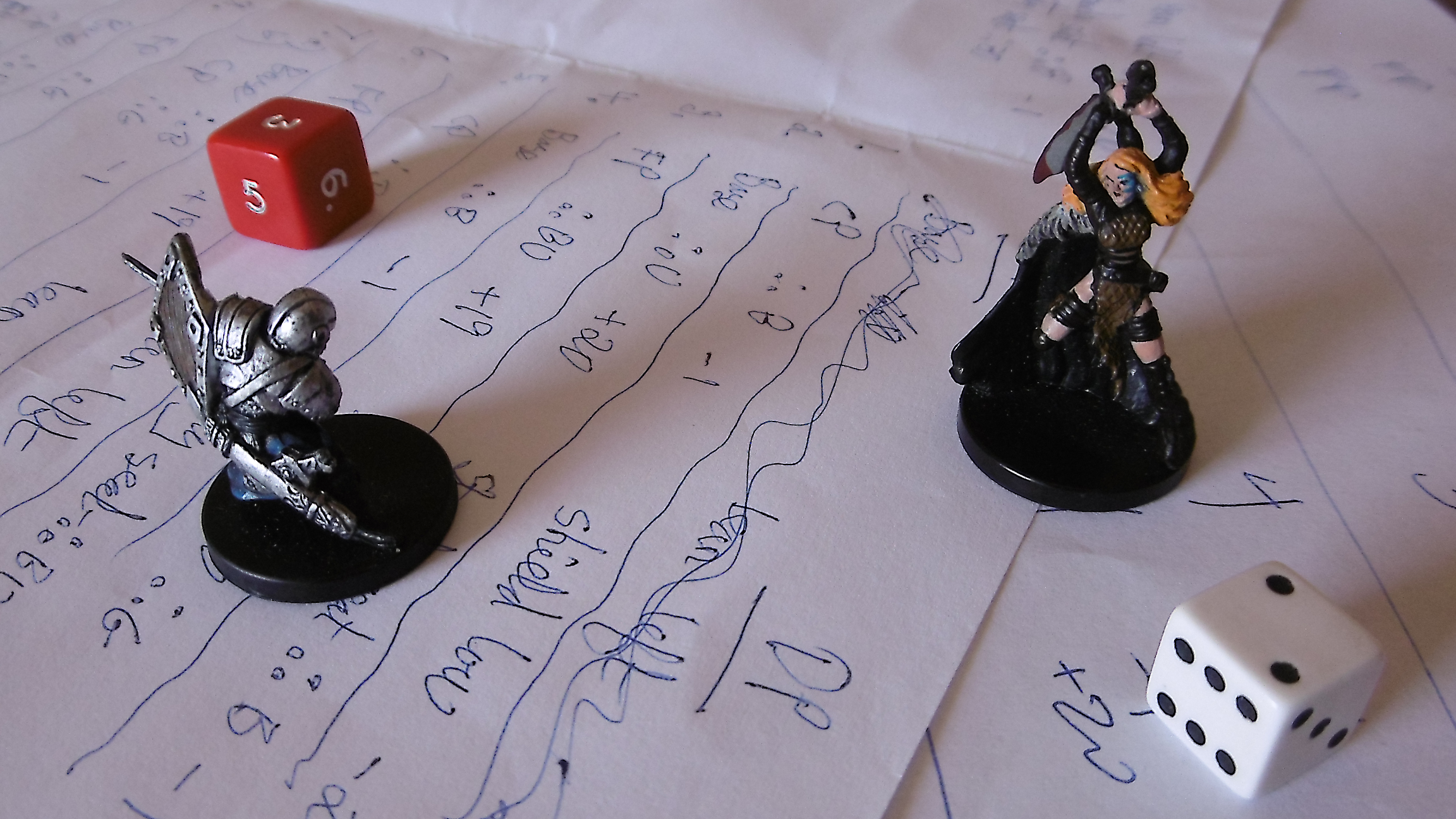Waterborne Transport
Strategic Movement
This is the third of five articles, which discuss strategic movement in the Valormr Campaign.
- Strategic Movement (Introduction)
- Overland Travel
- Waterborne Transport
- Terrain Effects
- Weather
Move Rates
The following table is reproduced, for convenience, from “Overland Travel.” Move rates are expressed as a number of points, one point equaling one mile. The points given here are for one day of travel. A unit spends these points to move into a hex.
| Force Type | Move Points |
|---|---|
| Ground Troops† | |
| Infantry | 12 |
| Cavalry | 24 |
| Special | |
| Courrier* | 48 |
| Waterborne Transport | |
| Galley | 18/72**‡ |
| Longship | 18/90**‡ |
| River Boat | 36 |
| Sailing Ship | 90‡ |
|
Troop Transport |
72‡ |
|
† Details on ground movement are given in the previous article. |
|
Transporting Figures: Ships carry a number of figures,1 as noted below, plus any number of individual figures, such as heroes, wizards, leaders, and couriers. An army may be transported one regiment at a time but not in smaller units. This means a number of vessels to carry at least one regiment must be purchased.
Night Movement: As ships under sail move throughout a 24-hour period, their daily move points include travel during both the day and night periods of the turn. When necessary to know a ship’s location in the evening, assume it has consumed half its daily move points.
Debarkation: An army does not move until all regiments are assembled at the port of debarkation. To make way for other armies to embark or debark, the commander figure, awaiting regiments in transport, may move one hex off the port hex. While so waiting, a unit is considered formed, though, if attacked, may only bring to bear the present portion of its force.
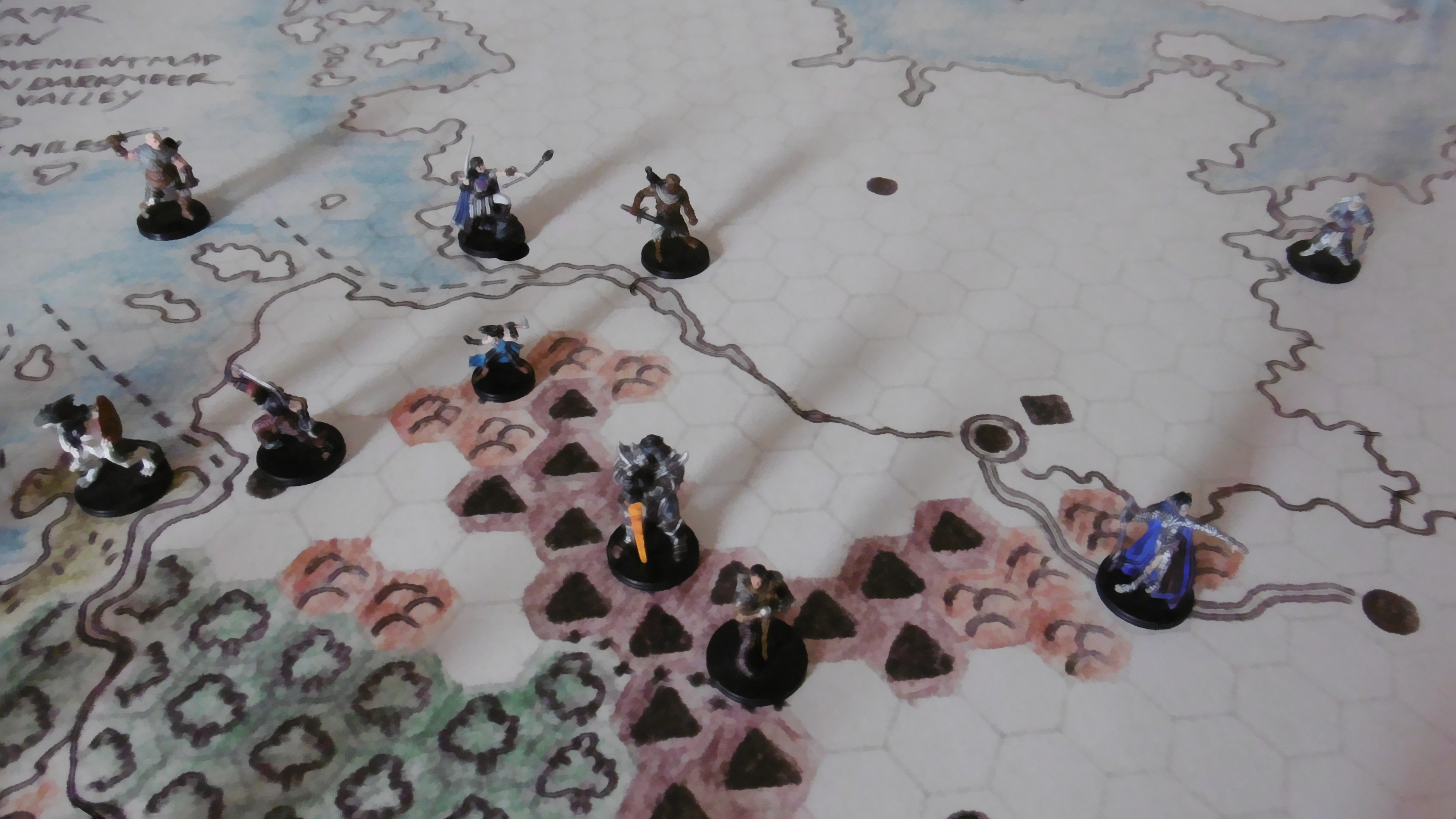
Waterborne Vessels
Galley: Equipped with a ram and two light catapults, a galley moves as fast as a troop transport and may escort a fleet—to fend off lizard men going into Skullhaven, for example. For effective defense, one galley per regiment transported is required. As its marines are necessary to its mission, a galley cannot transport troops.2
Figure Capacity: — Cost: 4
Longship: The Northmen sail their longships on the sea and row them in rivers. Northmen have enough longships to transport themselves. They do not pay army points for them, and no other army may buy longships.
Figure Capacity: 2 Cost: —
River Boat: These small boats may travel only on rivers. Due to limited carrying capacity (10 men), four river boats are required to move one figure.
Figure Capacity: ¼ Cost: ¼
Sailing Ship: Sailing ships are used by pirates, who do not pay army points for them. A sailing ship may be outfitted with one light catapult (additional cost: ¼). All pirate ships are so equipped.2
Figure Capacity: ½ Cost: ¾
Troop Transport: A troop transport is a seagoing vessel. In our simple campaign, we ignore any time required for embarkation and debarkation as well as the state of the tide. As a troop transport may travel in the night, once a unit is embarked, some part of the day may remain, plus all the night, for the voyage. Reduce the transport’s move points by 25% or 50% accordingly. Unlike those aboard longships or river boats, figures moving by troop transport are not crew. A full day in transport is, therefore, considered a day of rest.2
Figure Capacity: 3 Cost: 3
Advanced: Embarkation and Debarkation
Some amount of time is required to embark and debark troops. In addition, a departing ship must await a favorable tide. Without creating tide tables (or applying historical tables to the game world), we assume, in the advanced game, a seagoing ship waits six hours—that is, one-quarter a sailing ship’s move points or half that of a rowed vessel—during which time embarkation is effected. Debarkation may require half the time. Embarkation and debarkation at any point other than a port cost half daily move points of the unit (not the vessel). Still a simplification. Within the operation exists much room for complexity.
Notes
1 Valormr scale figures are 1:40. Convert as appropriate.
2 If you’re following along in B/X, the escort galley, here, is a large galley with armaments, the sailing ship is small, and the troop transport is converted from a large sailing ship.
